When a storm happens it is a race to be the first company onsite. It will only take hours for multiple companies to be there and knocking every door in site and the competition can be fierce.
Watch The Forecast!
Knowing when they are anticipating severe weather is the start of it. Any thing form your local news channel, The weather Channel, and media outlets that predict weather. Everything from your weather apps AccuWeather, Weatherbug, and many more will predict storms. You can also find dedicated pages on social media that will go into great detail as well. They are sometimes able to predict this for days and even weeks out. They will predict hail, tornadoes, high winds, or any potentially damaging weather.
When Weather Happens.
Storms don’t always hit like they predict. Sometimes they don’t produce the storms they predict. Other times they can shift where they said they would. You might see all the outlets saying it will be two states away and when it does hit it is here so be in tune with what they predict around you by at least a couple states in each direction. Once in awhile they pop up out of nowhere. If you are using apps and other services turn on your notifications so you don’t miss it. While the storm is going on one of the best things to do is find the local news channel for that area and go to their live feed. Snap pictures or screenshot where they are saying the areas are as it moves. Look in the comments and see what people are offering up for information. A lot of people will tell you exactly where they have things like large hail and high winds. This gives you where to start the search. There are also apps out their like HailStrike, Spectrum AI, Hailtrace, and many more. Avalon has a couple of these and can help you navigate through them as well. These apps are great for giving you paths in real time as well as after the fact when trying to help with claims. Management will also load these paths into canvass and attach anyone chasing so they know where to hit.
Finding The Exact Location Once You Know The General Area.
Now that you have watched the forecast and seen the weather happen it is time to take the information you gathered through technology and find it in the field. A few things you can do before you even head out is make a few calls ahead. Call any previous customers in the area, call local businesses and ask them about the storm, if it is hail call some body shops in the area, reach out to anyone in the area that you might ne able to get and idea of how severe the storm is and where exactly it hit.
When you arrive you will look for the signs of damage on anything in site.
1. Hail.
Their are multiple things you can look for to know you are in the right area before you even get onto a house.
– Branches laying under needled trees with green needles still attached to them. Excessive amount of green needles under pine trees or patches of missing needles.
– More than normal amount of green leaves under trees, small branches.
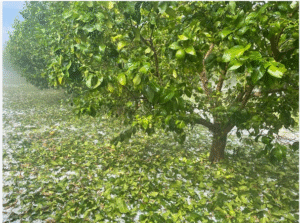
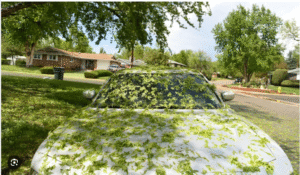
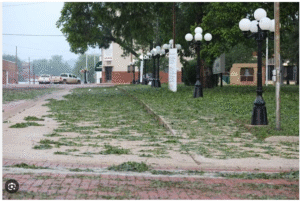
– Dents on cars, mailboxes, electrical boxes, or anything you can see with a surface that can have dents.
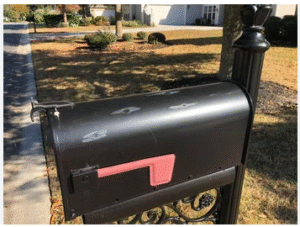
– Holes in landscaping, crops, trees, and other plants.
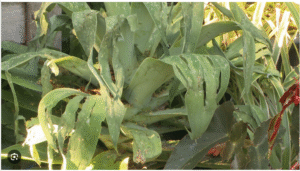
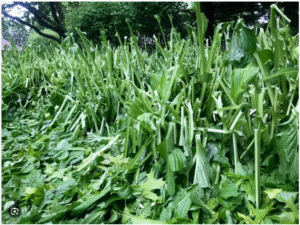
– Indentations in the ground.
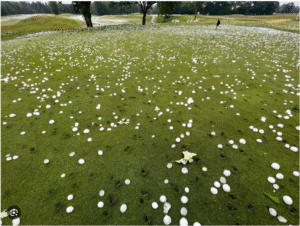
– Holes in siding, marks on roofs, broken glass when larger hail hits, and anything you can see that looks like it has been with with numerous hard objects.
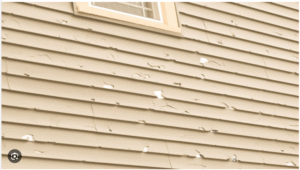
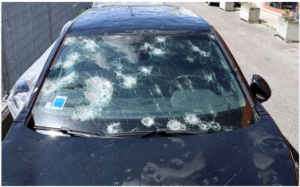
– People outside assessing damage or cleaning up debris in the yard.
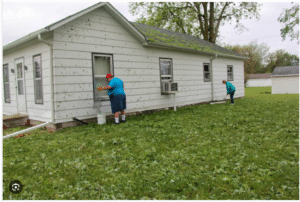
– If you are not their right away look for other companies signs and vehicles.
2. Tornado.
– Damage to homes, anything from siding missing, fascia damage, roof damage, etc..
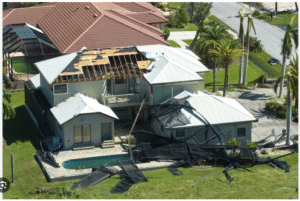
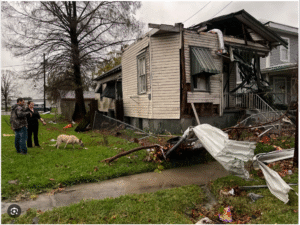
– Look for trees down and broke. Limbs in yard or any other debris.
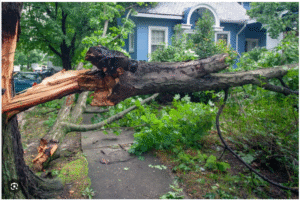
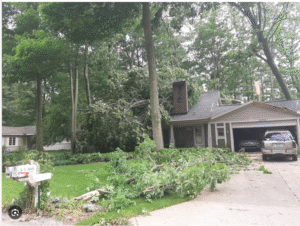
– Damage to vehicles, power lines, or anything that looks like a storm has been through and created some damage.
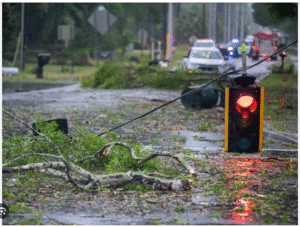
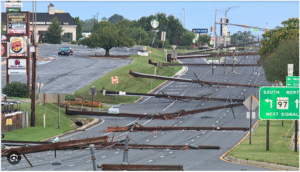

– People outside assessing damage or cleaning up debris in the yard.

– If you are not their right away look for other companies signs and vehicles.
3. Wind
– Wind can be a little more tricky on coverage and you are really looking for missing shingles (few missing shingles/siding on a newer roof or siding may not be worth the effort but any missing shingles on 3 tab roofs is a target), siding, and other items that may be damaged only.
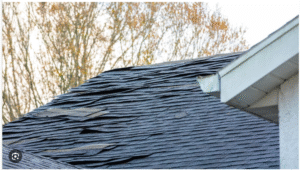
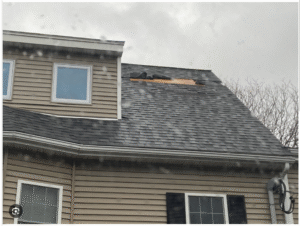
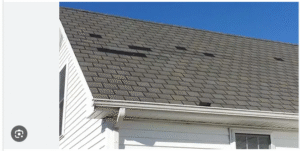
Now that you have located the storm path it is time to start the process.

